Maxpro MUPS 20 | Tablet | 10 pcs
৳ 100.00
Brand Name: Maxpro MUPS Tablet
Generic: Esomeprazole Magnesium Trihydrate
20 mg
Manufacturer: Renata Limited
Unit Price: ৳ 10.00 (5 x 10: ৳ 500.00)
Strip Price: ৳ 100.00
Indications
Esomeprazole MUPS tablet is indicated in:
- Gastro-esophageal Reflux Disease (GERD).
- Risk reduction in NSAID associated gastric ulcer.
- H. pylori eradication (Triple therapy).
- Zollinger-Ellison syndrome and idiopathic hypersecretion.
Therapeutic Class
Description
Pharmacology
Dosage
Erosive esophagitis:
- Adult (≥18 years): 40 mg once daily for 4 weeks.
- Children & adolescents (12-18 years): 40 mg once daily for 4 weeks.
Maintenance of healing of erosive esophagitis
- Adult (≥18 years): 20 mg once daily.
- Children & adolescents (12-18 years): 20 mg once daily.
Risk reduction in NSAID associated gastric ulcer
- Adult (≥18 years): 20 mg once daily for 4-8 weeks.
H. pylori eradication (Esomeprazole MUPS tablet with 1000 mg Amoxicillin and 500 mg Clarithromycin)
- Adult (≥18 years): 20 mg twice daily for 7 days.
- Children & adolescents (12-18 years): 20 mg twice daily for 7 days.
Zollinger-Ellison syndrome and idiopathic hypersecretion
- Adult (≥18 years): 40-80 mg twice daily.
Children 1-11 years:
- Erosive esophagitis: Weight <20 kg: 10 mg once daily for 8 weeks. Weight ≥20 kg: 10 mg or 20 mg once daily for 8 weeks
- Maintenance of healing of erosive esophagitis: 10 mg once daily
Children below the age of 1 year:
- Esomeprazole MUPS tablet is not approved for use in children younger than 1 year.
Administration
Interaction
Esomeprazole is extensively metabolized in the liver by CYP2C19 and CYP3A4. In vitro and in vivo studies have shown that Esomeprazole is not likely to inhibit CYPs 1A2, 2A6, 2C9, 2D6, 2E1 and 3A4. No clinically relevant interactions with drugs metabolized by these CYP enzymes would be expected. Drug interaction studies have shown that Esomeprazole does not have any clinically significant interactions with phenytoin, warfarin, quinidine, clarithromycin or amoxicillin.
Esomeprazole may potentially interfere with CYP2C19, the major Esomeprazole metabolizing enzyme. Co-administration of Esomeprazole 30 mg anddiazepam, a CYP2C19 substrate has resulted in a 45% decrease in clearance of diazepam. Increased plasma levels of diazepam have been observed 12 hours after dosing and onwards. Esomeprazole inhibits gastric acid secretion. Therefore, Esomeprazole may interfere with the absorption of drugs where gastric pH is an important determinant of bioavailability (e.g., ketoconazole, iron salts and digoxin).
Co-administration of oral contraceptives, diazepam, phenytoin, or quinidine do not seem to change the pharmacokinetic profile of Esomeprazole.
Combination Therapy with Clarithromycin: Co-administration of esomeprazole, clarithromycin, and amoxicillin has resulted in increases in the plasma levels of esomeprazole and 14-hydroxyclarithromycin.
Contraindications
Side Effects
Pregnancy & Lactation
Precautions & Warnings
Storage Conditions
| Generic Name | Esomeprazole Magnesium Trihydrate |
|---|---|
| Tablet | 20 mg |
Only logged in customers who have purchased this product may leave a review.


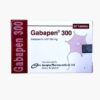
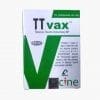

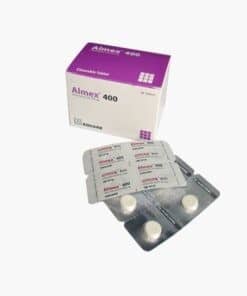
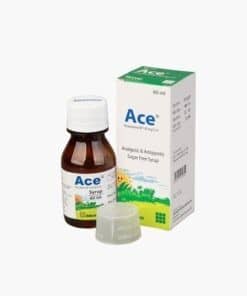



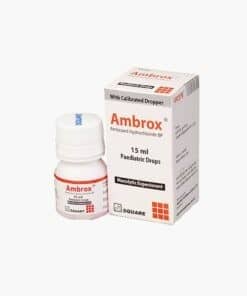
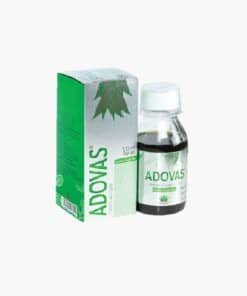

Reviews
There are no reviews yet.